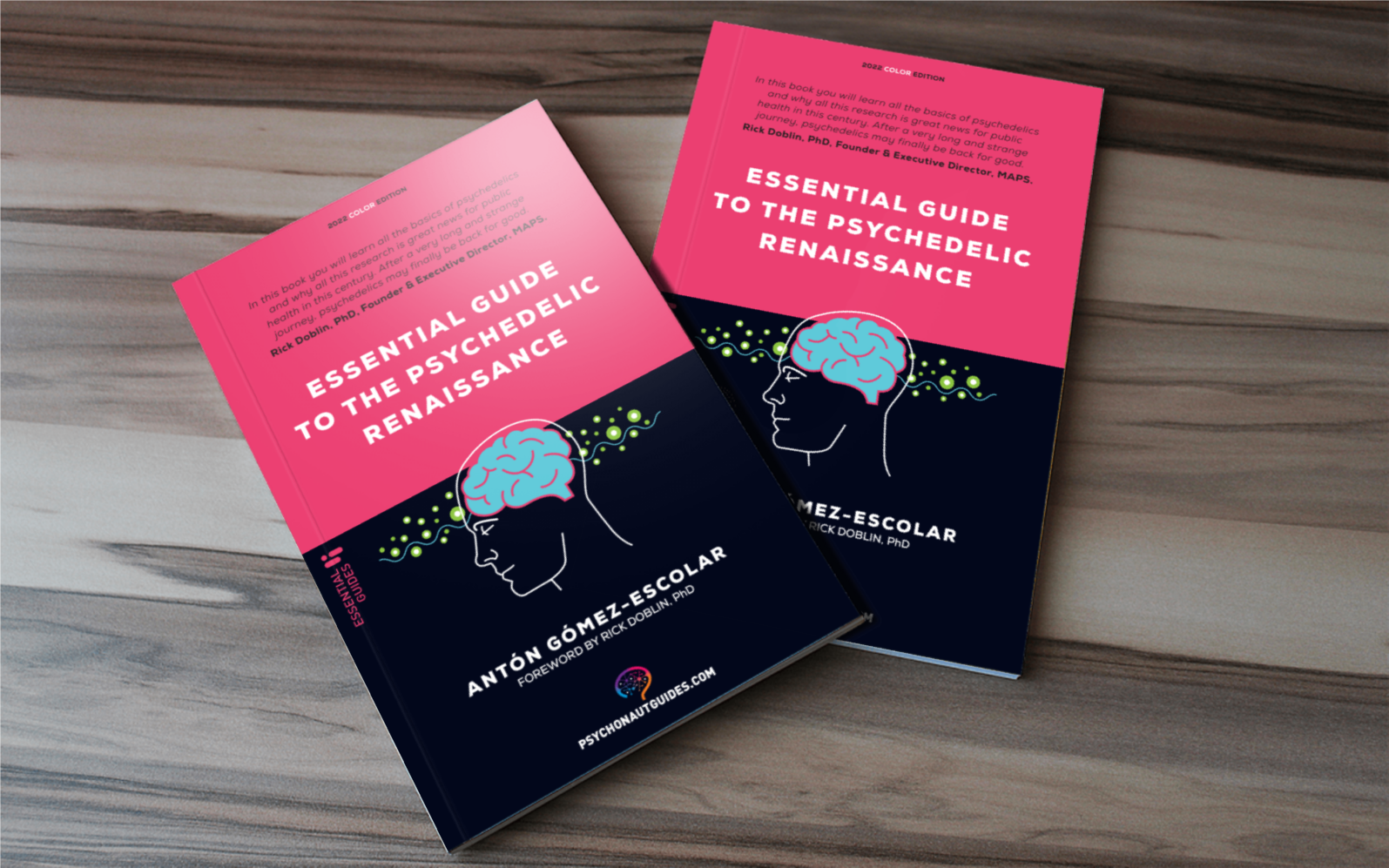By Gabriel García March 29, 2023
Psychedelics are substances that alter perception, mood and cognition by acting on different neurotransmitter systems in the brain. Some of the best known psychedelics are LSD, psilocybin (present in magic mushrooms), DMT (present in ayahuasca) and mescaline (present in peyote). These substances can induce intense and immersive experiences, sometimes described as visions, trips or altered states of consciousness.
The effects of psychedelics on the brain have been the subject of study for decades, but many aspects are still unknown or difficult to measure. Recently, however, a study has been published that has succeeded in producing the first mental map of the effects of psychedelics on the human brain, based on brain imaging data obtained with functional magnetic resonance imaging (fMRI).
New study on psychedelics and brain
The study, conducted by researchers at Imperial College London and published in the journal PNAS, focused on analyzing the effects of DMT, a potent psychedelic found naturally in certain plants and animals and the main psychoactive compound in ayahuasca. DMT has the particularity that its effects are relatively brief and last a few minutes instead of hours, which facilitates its study with neuroimaging techniques.
The researchers recruited 20 healthy volunteers who received an intravenous dose of DMT or a placebo and underwent functional MRI before, during and after the experience. The participants also had to fill out questionnaires about their subjective state and sensations during the experiment.
The results showed that DMT increased connectivity throughout the brain, i.e. there was more communication between different brain areas and systems. Changes in brain activity were most prominent in areas linked to higher level functions, such as imagination, memory or sense of self. These areas also showed greater temporal variability, indicating greater flexibility and diversity in neural activation patterns.

The researchers interpreted these findings as evidence that DMT alters brain mechanisms that model or predict the environment based on sensory information and prior knowledge. These mechanisms are responsible for generating a coherent and stable perception of reality, but they can also limit our creativity or our ability to change perspective. By disrupting these mechanisms, DMT could allow access to freer and more novel mental states, where imagination and reality are blurred.
The study also found a correlation between DMT-induced brain changes and the subjective experiences reported by participants. For example, those who experienced a greater disconnection with their body or with time showed less activity in areas related to the sense of self or temporal perception. Likewise, those who had more vivid or bizarre visions showed greater activity in visual areas of the brain.
The authors of the study highlighted that this is the first mental map on the effects of psychedelics on the human brain and that it opens new avenues to investigate how these substances can have therapeutic benefits to treat disorders such as depression, anxiety or addictions. They also pointed out the limitations of the study, such as the small sample size, the lack of a control group or the difficulty in accurately measuring subjective experiences.
You can find the whole paper here: https://www.pnas.org/doi/full/10.1073/pnas.2218949120

Learn more about psychedelics and science with the Essential Guide to the Psychedelic Renaissance, now available on Amazon. These books are now available on Amazon in physical and eBook format, as well as Apple Books. In addition, all titles are available in Spanish version on GuiasdelPsiconauta.com





